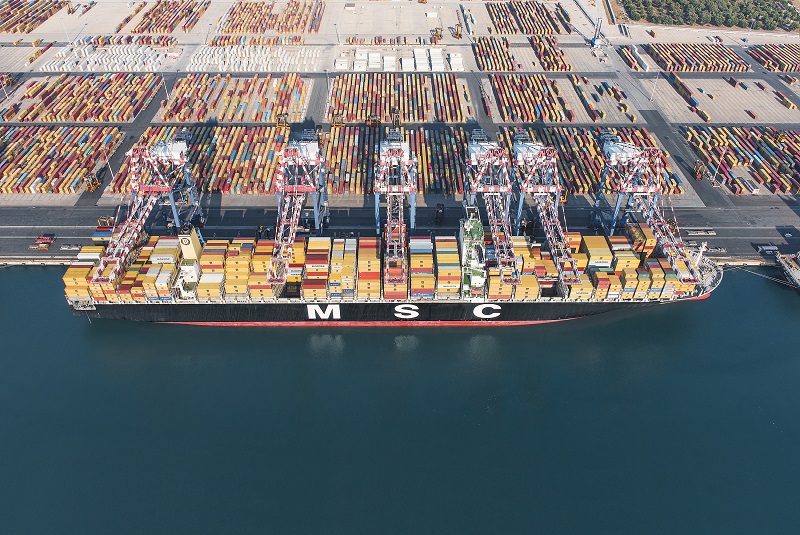CargoX, the leading document transfer solutions provider, has reported a massive increase in the number of users of the CargoX Platform to simplify and expedite electronic trade documents and facilitate Advance Cargo Information (ACI) processes in global supply chains.
CargoX reports that its platform has processed more than 3,478,124 electronic trade documents.
Over 99% of those documents were shipping documents, showing the need for progress of both electronic B/L and blockchain trade documents between parties using different eB/L platforms, unleashing powerful velocity and efficiency for global trade and the entire shipping industry.
The number of companies using CargoX’s blockchain technology for document transfer has grown exponentially since 2018, with January 2023 numbers indicating 100,148 registered companies with 124,848 users.
McKinsey and Company recently completed a study on trade digitalization, concluding that eB/Ls could save $6.5 billion in direct costs while supporting global trade growth by up to $40 billion through more streamlined trade documentation, a paper-intensive and resource-consuming process.
CargoX Platform: Boosting Trade Finance Digitalisation
The start of the spike follows an unprecedented global trade event that concluded on October 25, 2022, when proof of concept (POC) interoperability between two eB/L platforms was successfully achieved between CargoX and edoxOnline – two competing eB/L solutions.
The end-to-end digital transfer process was completed in 6 minutes – not the traditional hours or days.
An electronic bill of lading is a digital version of a traditional paper bill of lading, a document used in shipping goods by sea, air, or land.
An eB/L typically contains the same information as a paper bill of lading, including details about the shipper, the consignee, the goods being transported, and the terms and conditions of the shipment.
The main difference between an eB/L and a paper bill of lading is that the former is created and stored electronically, using computer systems and networks, rather than printed on paper.
That leads to faster, more secure and cost efficient shipping and trade document transactions. To support various digital maturity levels and jurisdictions, an eBL on CargoX can be at any time converted to a paper BL.
Stefan Kukman, founder and CEO of CargoX said: “We are proud to lead this eB/L initiative of a distributed global eB/L solution built using standards published by DCSA. Distributed global computing solutions have emerged as an alternative to centralized systems.
“Logically, eB/L platforms provide interoperability to avoid centralization and market manipulation. We support standards-driven interoperability, and we firmly believe this is good for all economic operators and governmental entities participating in global trade.”






